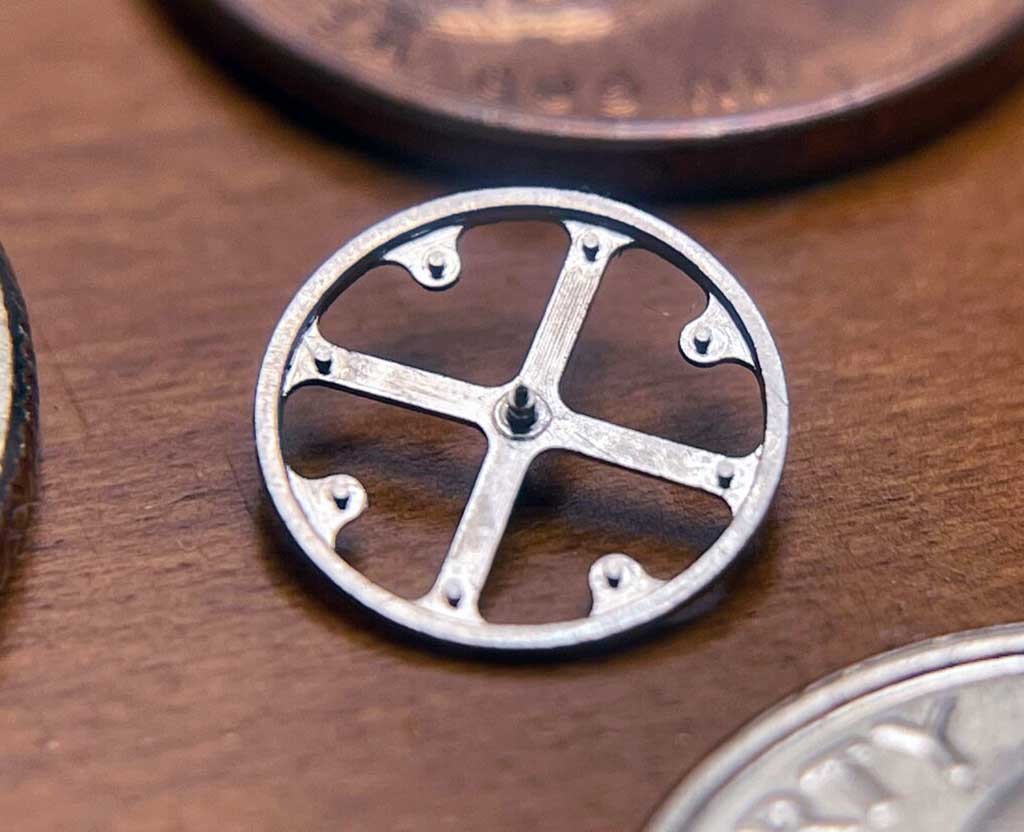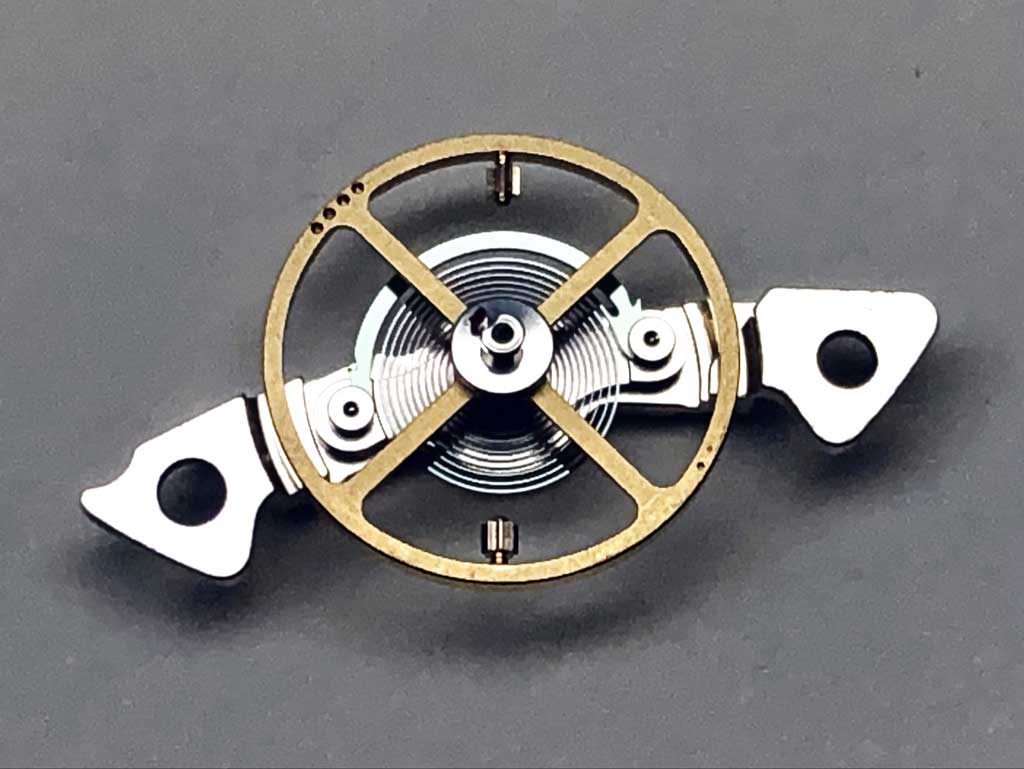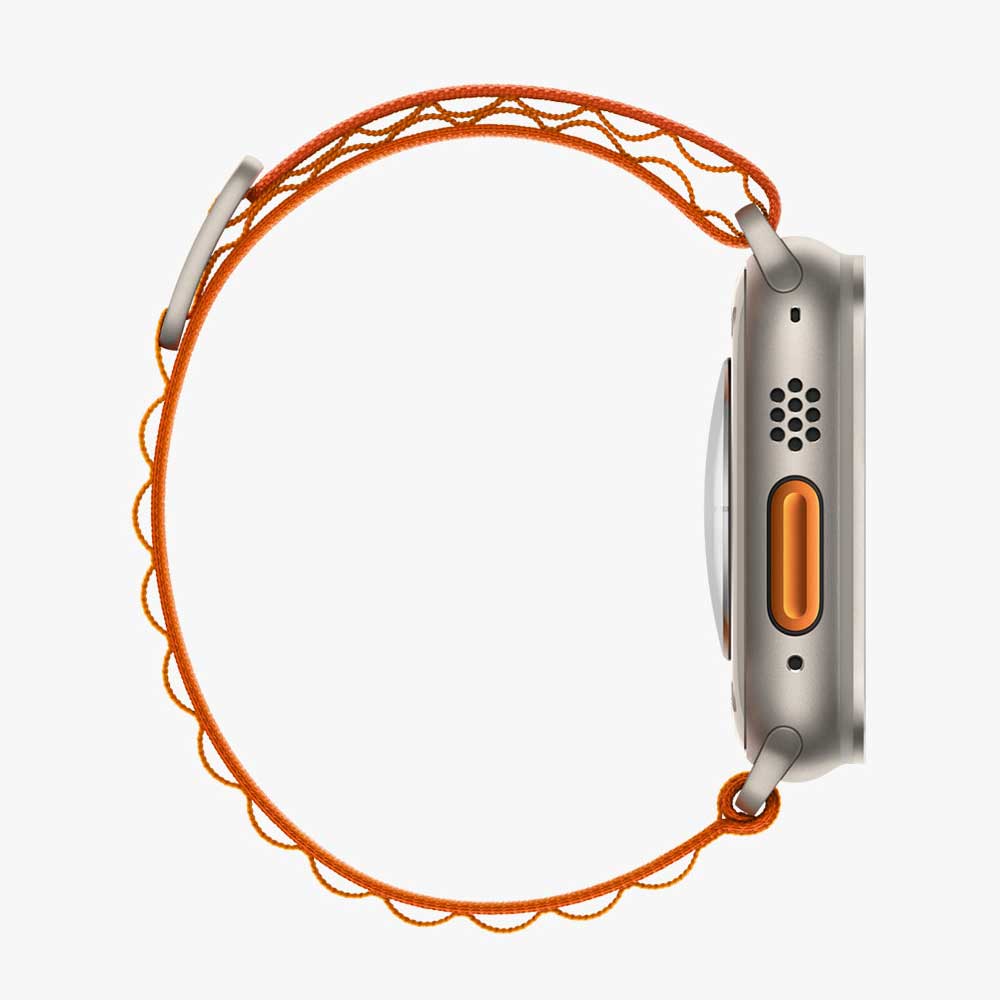
Certina DS+
A novel spin on the original Certina Double Security, first introduced back in 1959.
Serving up six different case configurations and multitude of strap options in a single watch, each case outer is securely affixed to the swappable inner core through the combination of a bio-sourced gasket and double-crown system.
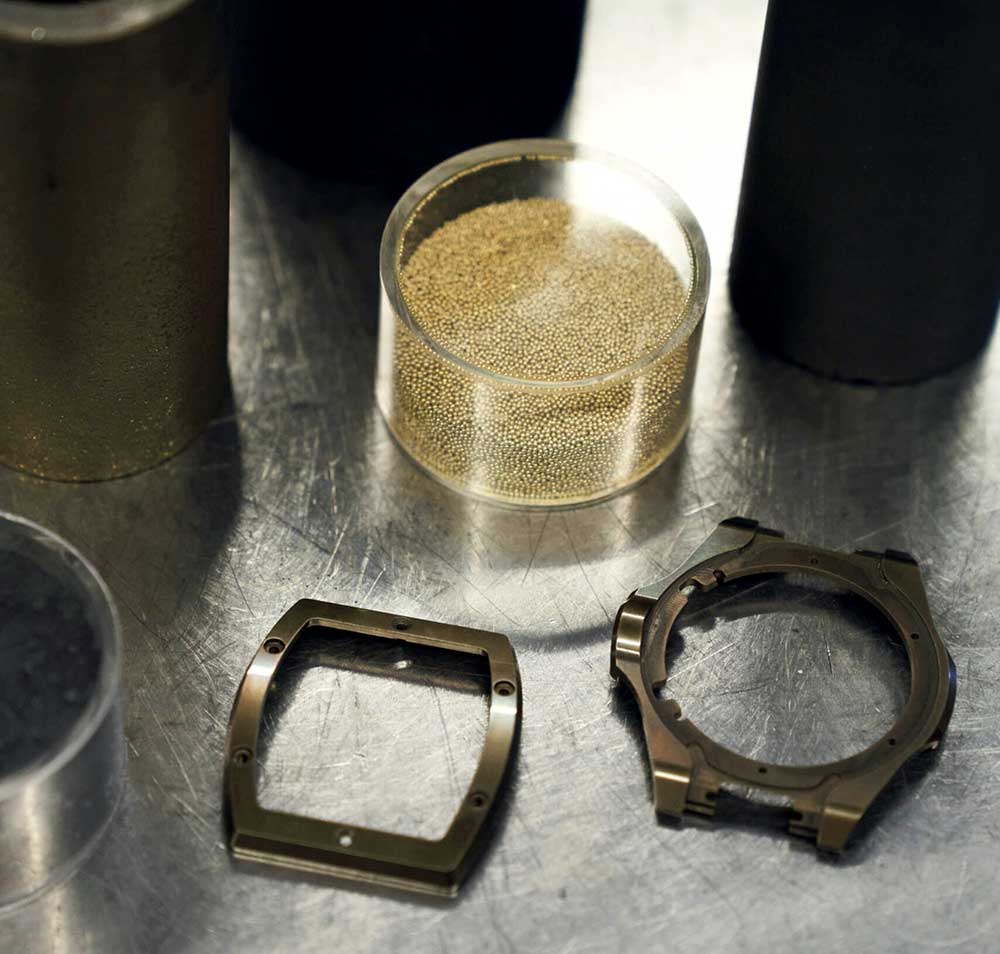
Making Magic Gold
Ripley Sellers goes behind the scenes at Hublot to tour their manufacturing facilities and offer some insight into their process for creating coloured ceramics, including their scratch-resistant, 18 carat Magic Gold that relies on a similar method of fabrication.
Inside STC & STP
A peek into the production facilities of Swiss Technology Components and Swiss Technology Production, with Chris Moreau of Zodiac Watches.
The Escalub escapement oiling machine from SVM Micromécanique busy doing its thing, at around the minute and thirty second mark, is not something you get to see everyday.
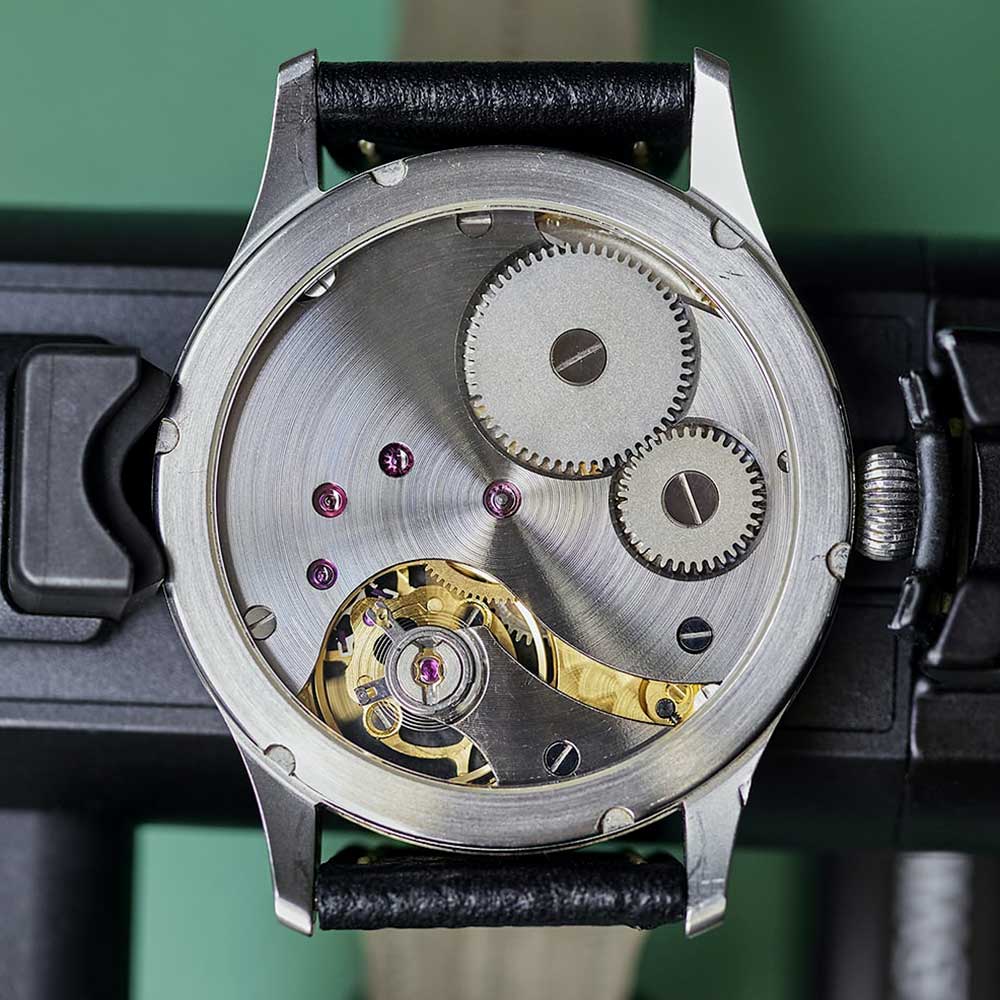
Charles Emslie's School Watch
Emslie recounts for Hodinkee the school watch that he made during his time at the Lititz Watch Technicum.
"Early mornings and late nights defined my life for two whole years; each new day represented a new lesson that built on the skills born from the previous day's work."
"Each mistake—made and then corrected—added to the watch's story."
The click for the ratchet wheel, inspired by a 1920s-era E. Howard & Co. pocket watch owned by his great-great-grandfather, is a subtle and welcome change to the standard fare found on most movements derived from the Unitas 6497.
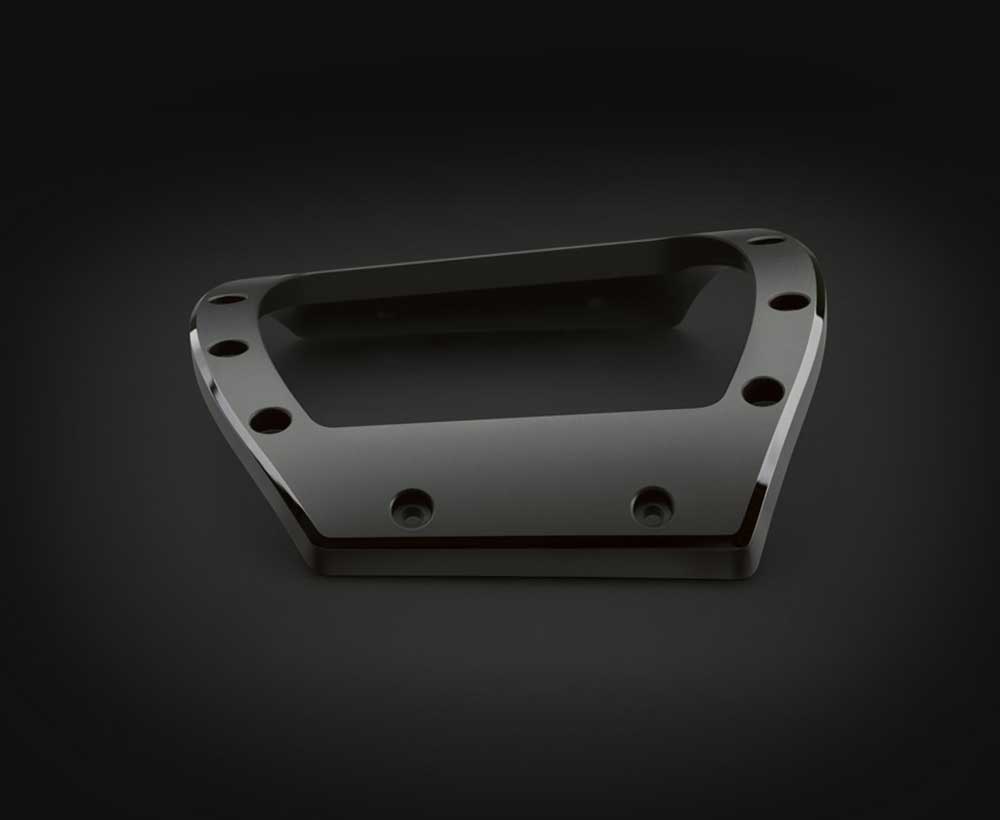
Bangerter Microtechnik AG
With its core strengths centered around precisely crafting strong materials, Bangerter serves as a key manufacturer and supplier of tungsten carbide and hard ceramics for the Swiss watch industry, including the likes of Audemars Piguet and Richard Mille.

Electricity's Amber Roots
Our modern day English word electron and, by extension, electricity itself is rooted in the Ancient Greek word elektron, meaning "amber".
While he did not fully comprehend the magnitude of his discovery, Thales of Miletus is credited with the first recorded observations of static electricity, back in 585 BC, which he came upon after rubbing a piece of amber with animal fur. Further pursuing the ramifications of this discovery two millennia later, the Englishman, William Gilbert, coined the terms electricity, electric force, magnetic pole, and electric attraction, in his scientific book De Magnete.

From Powder to Perfection
Nacho Conde Garzón, Robert-Jan Broer, and Lex Stolk provide an inside look at the various steps that go into manufacturing Rado's ceramic watch components, including a peek into the plasma firing process that lends many of the brand's ceramics a metal-like aesthetic.

Taking the Ultimate Longview
Patagonia seeds control of the company to a charitable trust charged with caring for the planet. All profits to be channelled into a charitable foundation to make that happen.
I continue to be impressed by the conviction and values of Yvon Chouinard and the approach he has taken to running Patagonia over the decades.
Rolex founder, Hans Wilsdorf, made a similar change to the ownership of Rolex and Tudor prior to his passing. By that measure, the future for Patagonia remains bright and the future of our planet better for it.
Is Orange the Apple Industrial Design Group's Favourite Colour?
Some convincing evidence, posited by Alex Cox and corroborated by Stephen Hackett in 2018.
If one were to include tints, tones, and shades in the mix, Apple's subtle variations on white over the years would be a heavy contender—beyond the iconic, white earbuds of the early 2000s, dating all the way back to a number of the early prototypes in Hartmut Esslinger's Snow White design language that dictated the look and feel of Apple's hardware in the 1980s.
